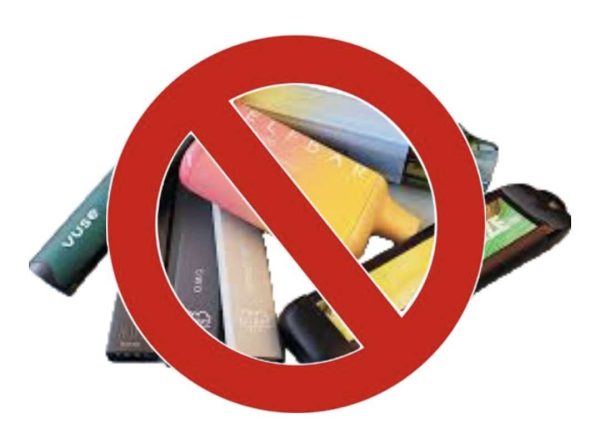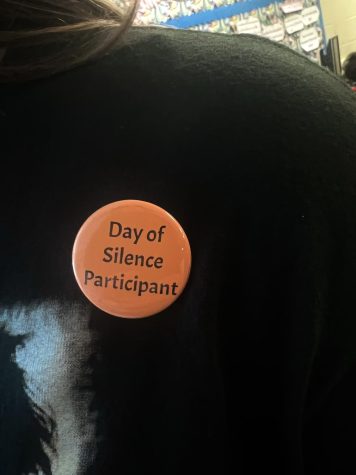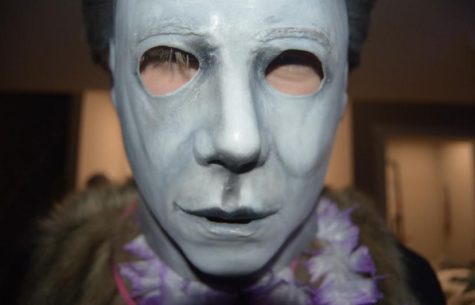Daring to dress: dress code
October 29, 2020
Imagine coming to school in an outfit that you’re excited to wear. You feel amazing and the outfit gives you confidence, but then you are called down to the office and told to change because your outfit is “showing too much skin.“
That is a reality for many teenagers across the country. Almost every school in the United States has its own dress code that students are required to uphold, however, dress codes do more harm than good to their student body.
Dress codes are made to make sure that students don’t come to school in the bare minimum, but many teens feel that the requirements are restricting, sexist, and can be discriminatory. Dress codes are heavily targeted towards girls, which can be a heavy weight on the already-fragile teen mental image.
Most student dress codes make sure that young women “cover up” so they do not distract their peers. The “fingertip rule” is a very common rule amongst school districts, according to Legalbeagle.com. This rule judges the length of articles of clothing, such as tank tops, crop tops, short shorts, and visible undergarments to make sure that they are appropriate for the classroom environment.
However, not all dress codes are the same. Some schools require that students wear uniforms to class. According to the National Center for Education Statistics, “The percentage of public schools requiring students to wear uniforms increased from 12% in 1999–2000 to 20% in 2017–18.” Many more schools in cities require school uniforms compared to schools in suburban areas, towns, and rural areas.
Even though students may believe that their school’s dress code is discriminatory, schools are not allowed to discriminate against gender or a student’s gender expression. Schools may also not have dress codes that discriminate against race or religion.
Many students have their own opinion on the dress code, including freshman Jenna Wiley.
“I’ve been dress coded myself, but have seen others do the same things as me. I wore shorts under a big-T-shirt, though I admit the T-shirt was a little inappropriate, but my friend had worn the same outfit, but nothing happened to her… this has happened to me so many times, and it has to other girls too,” she said.
Jenna thinks that the mindframe that clothing can be “distracting” to others is unfair.
“It’s not fair to be covered up because the male teachers are ‘distracted’ or teen boys are ‘distracted,’” she said. “If it bothers you, then find a way to move past it… I think we should speak more about body positivity, and not only be comfortable in what we wear but first be comfortable with it.”
Sophomore Cecilia Mazzocco also shares her experiences with the dress code.
“Sometime in middle school – I can’t remember when – I was in class and there was this girl who was wearing shorter-than-the-dress-code-allows shorts. A group of students, presumably her friends, were harassing her for not following the dress code. I don’t think until that moment the dress code really bothered me.”










